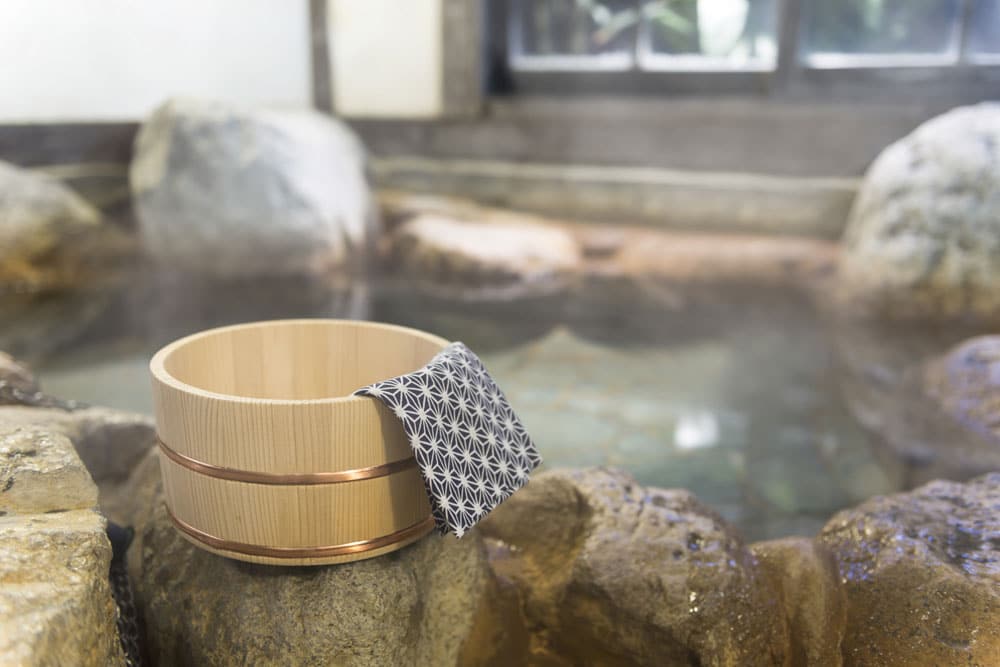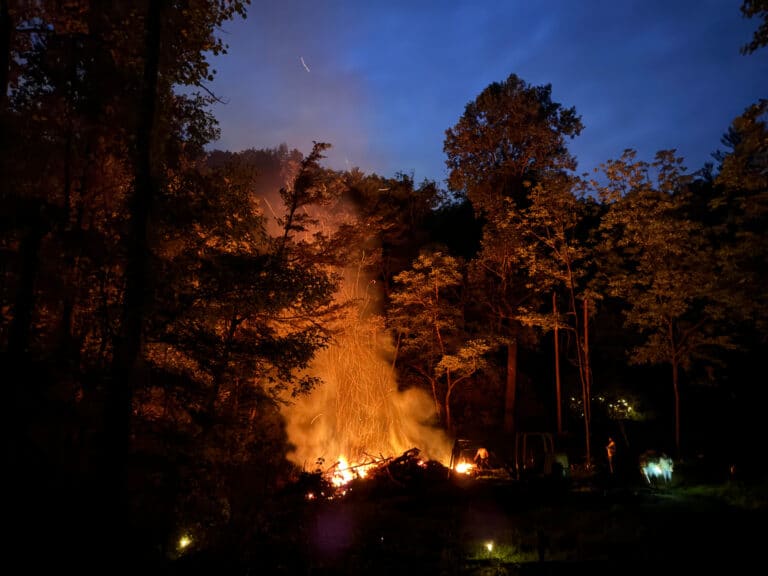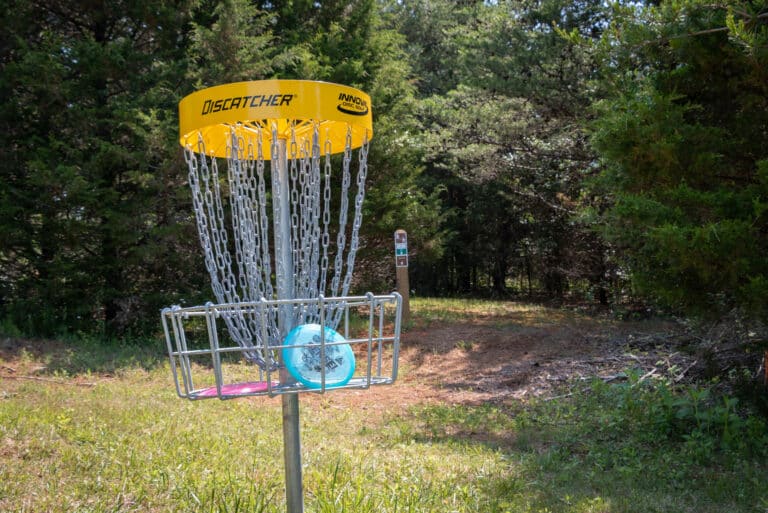 Even the fittest among us experiences ailments. Mother Nature provides her very own cure-all—mineral water—and it costs much less than a visit to the doctor’s office. This is your guide to the best mineral water sources east of the Mississippi.
Even the fittest among us experiences ailments. Mother Nature provides her very own cure-all—mineral water—and it costs much less than a visit to the doctor’s office. This is your guide to the best mineral water sources east of the Mississippi.
Berkeley Springs
Berkeley Springs, W.Va.
Only 90 minutes from the Washington/Baltimore metro area, Berkeley Springs State Park offers the simple delights of yesteryear. West Virginia’s smallest state park is located in the middle of the charming town with the same name. What the park lacks in size, it more than makes up with serene mountain views and the natural mineral spring that flows through the park. Children love splashing in the springs, and parents enjoy the free summertime concert series on Saturday afternoons.
For a modest fee, visitors can soak in the quaint Roman baths or the more modern jacuzzi tubs, both of which are heated to 102 degrees. Or visitors can swim in the pool filled with the legendary mineral water. A bathtub bears George Washington’s name, because he soaked in the springs and wrote about the healing waters in his journal. A museum in the park displays exhibits showcasing the geological and local history of the area.
C&O Canal Towpath
Just six miles north of town, the packed dirt trail follows the Potomac River. While rides can be tailored to a rider’s preference, avid cyclists might consider riding thirty miles to check out the awe-inspiring Paw Paw Tunnel. Once referred to as one of the “Wonders of the World,” the hand-carved tunnel is one of the longest canal tunnels. Cyclists should bring a light if they plan to ride through
the tunnel.
Jefferson Pools
Warm Springs, Va.
Soaking in the buff in Warm Springs has been a tradition since colonial times, when the springs first opened to the public in 1761. The same wooden octagonal building today referred to as the Gentlemen’s Pool housed the first pool. The springs’ namesake, Thomas Jefferson, visited the area for three weeks in 1818, seeking respite from rheumatism. A separate ladies pool opened in 1836, which Mrs. Robert E. Lee is rumored to have frequented.
Taking the waters inside the original wooden spa structures remains just as restorative today as it was in the nineteenth century. Underground natural mineral springs continuously provide crystal clear water for the pools heated a constant 98 degrees. Skinny dipping is an option during single sex soaking times in either the Gentlemen’s Pool or the Ladies’ Pool House. For those wishing to soak with their significant other, family hours permit soaking together, and everyone is required to wear a bathing suit.
George Washington National Forests
The pools aren’t the only thing that look like they haven’t changed since the 1800s. Nearby George Washington National Forests are also steeped in history, evident in the ruins of an iron furnace or remnants of a homestead encountered while hiking in the area. Close to Warm Springs is the seven-mile Beard’s Mountain Trail, which crosses a swinging bridge over the Cowpasture River before climbing up a mountain that provides stunning views of sun-dappled valleys.
Hot Springs
Hot Springs, N.C.
Surrounded by mountains, the confluence of Spring Creek and the French Broad River provides the idyllic setting for the 100-acre resort, more reminiscent of a hippie retreat than a spa. The Cherokee Indians first discovered these hot mineral springs long before white men arrived. Today the springs are privately owned. The modern jacuzzi-style tubs are separately housed in wooden structures dotting the river banks. The only thing more mystical than the thermal mineral water are the views from the tub. The steam rising from the tub creates a dreamy lens through which to gaze at the tranquil views as blue herons majestically fly overhead.
Appalachian Trail
The town of Hot Springs is a whitewater mecca. The put-in for Big Laurel, one of the few creeks appropriate for intermediate paddlers, is just outside the town of Hot Springs. The French Broad provides tubing, rafting, or inflatable kayaking options for the less experienced paddler. If you’re a hiker, the town also serves as an intersection along the Appalachian Trail.
Healing Springs
Blacksville, S.C.
One sip of the water reputed to be the best tasting water in the world will make a believer of even the most cynical. Lab tests confirm that there is indeed something special about this water – the minerals. Water at the springs contains barium, calcium, cadmium, magnesium, manganese, sodium, nitrium, phosphorous, silicon, titanium, and zinc.
“It’s the only water I ever drink,” declares a nearby resident, one of many who descend upon the springs to fill up jug after jug of water. Many believe in the water’s healing properties. During the American Revolution, six British soldiers were left at Healing Springs to die. Six months later, all six soldiers miraculously returned to their post in Charleston, claiming the water had healed them.
Congaree National Park
Less than two hours by car through the cotton and tobacco flatlands, South Carolina’s only national park beckons visitors to explore its old growth floodplain forests. The best way to see the park is from the water. Backcountry campsites along the 20-mile marked canoe trail on Cedar Creek might be wet and jungle-like, but the towering bald cypress trees draped with Spanish moss are spectacular.
God’s Tax-Free Mineral Springs
When Nathanial Walker learned of the mineral springs near Blacksville, S.C., over 300 years ago, he decided to purchase the springs. Today God owns the springs. When the then-owner of the springs, Lute Boylston died in 1994, he deeded the springs to “Almighty God” for the use of the people forever. A big sign at the springs announces, “This historical property has been deeded to God for public use, please revere God by keeping it clean.” Deeding to the springs to God might not be as altruistic as it sounds. The deed freed the property from taxation and forced government to assume responsibility of upkeep. The state routinely tests the springs to ensure the safety of the water for the carloads of people who visit the springs.








